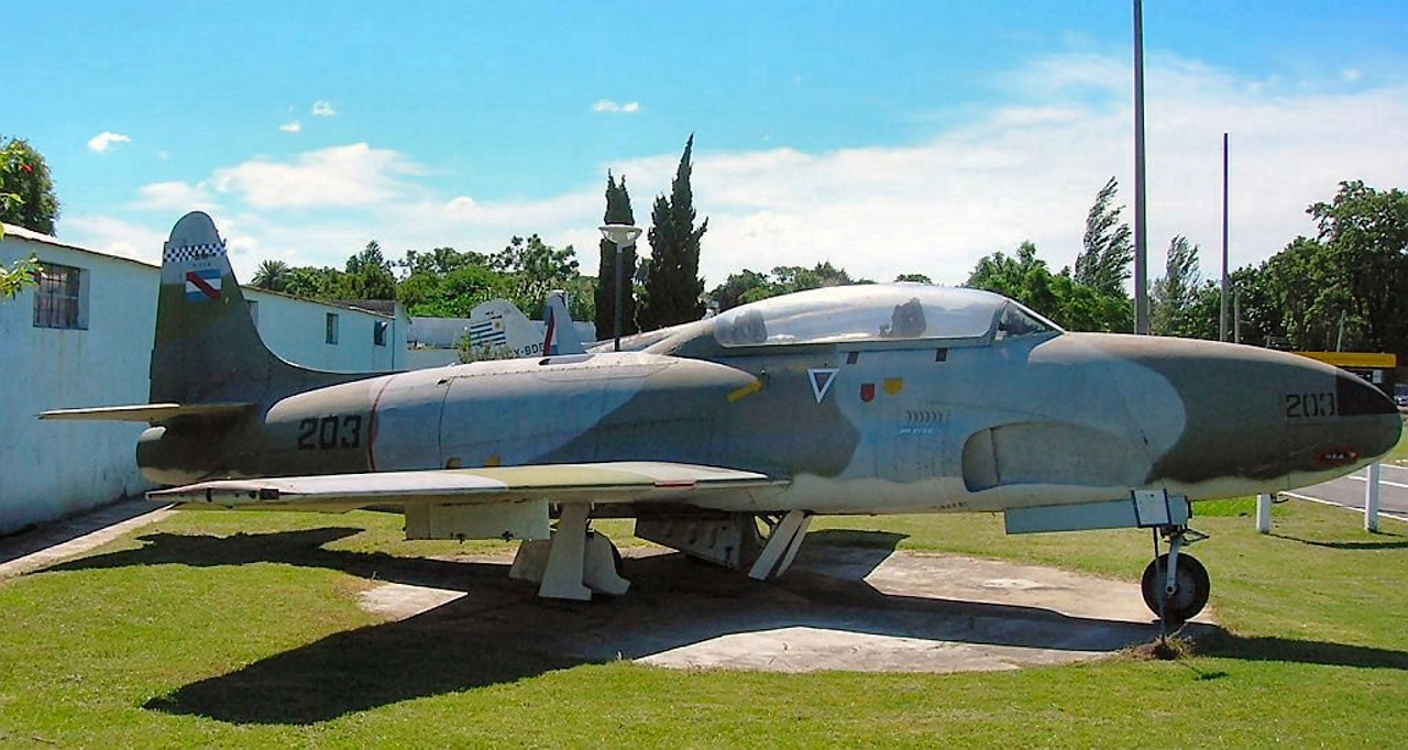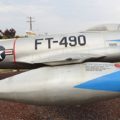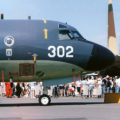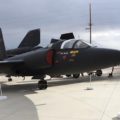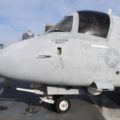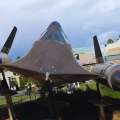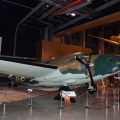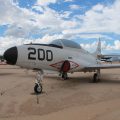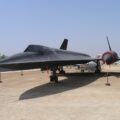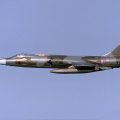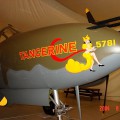Photo gallery of a Lockheed T-33,
The Lockheed T-33 Shooting Star (or T-Bird) is an American jet trainer aircraft. It was produced by Lockheed and made its first flight in 1948 piloted by Tony LeVier. The T-33 was developed from the Lockheed P-80/F-80 starting as TP-80C/TF-80C in development, then designated T-33A. It was used by the U.S. Navy initially as TO-2 then TV-2, and after 1962, T-33B. As of 2015, Canadian-built examples were still in-service with the Bolivian Air Force.
Source: Lockheed T-33 on Wiki
More info:
The Lockheed T-33 Shooting Star is an American subsonic jet trainer that was derived from the Lockheed P-80/F-80 fighter. It was designed by Clarence “Kelly” Johnson and first flew in 1948. The T-33 was used by the United States Air Force and Navy, as well as many other air forces around the world, for training pilots and performing various other roles. The T-33 had a single Allison J33-A-35 turbojet engine that produced 24 kN of thrust, and could reach a maximum speed of 970 km/h. It had a wingspan of 11.5 m, a length of 11.2 m, and a height of 3.3 m.
It could carry two crew members, a student and an instructor, and had a range of 2,050 km. The T-33 was armed with two 12.7 mm machine guns and could carry up to 907 kg of external ordnance on two pylons. The T-33 was also the basis for the Lockheed F-94 Starfire interceptor and the Lockheed T2V SeaStar carrier-capable trainer. The T-33 was produced until 1959, with a total of 6,557 units built by Lockheed, Kawasaki, and Canadair. The T-33 was retired from military service in 2017 by its last operator, the Bolivian Air Force.
